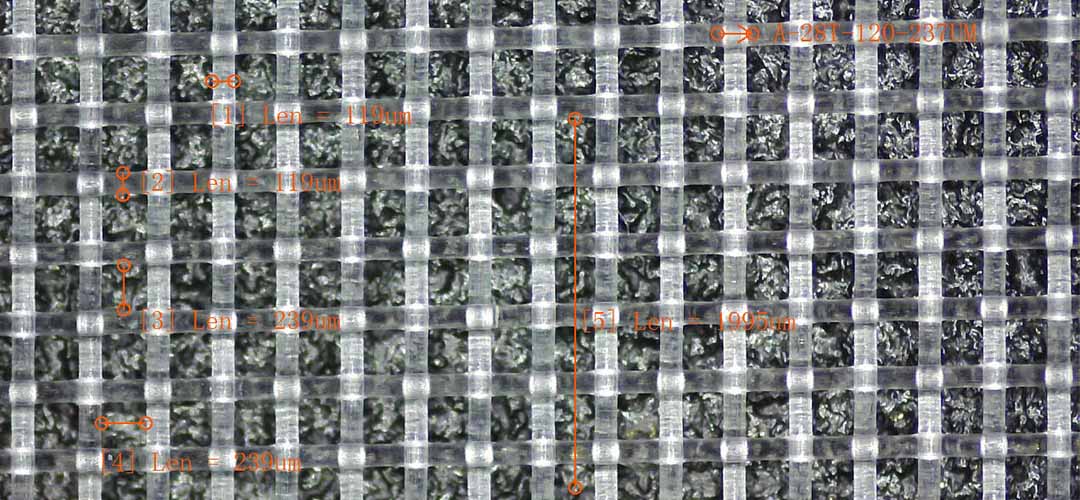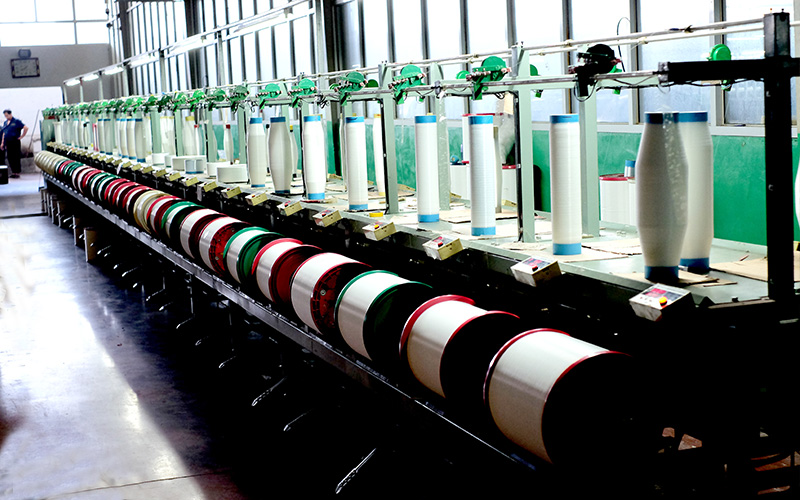Table of Contents
Benefits of Using 190 Micron Paint Filters
When it comes to achieving flawless coatings in painting projects, using the right tools and equipment is essential. One such tool that can make a significant difference in the quality of your paint job is the 190 micron paint filter. These filters are designed to remove impurities and particles from paint, ensuring a smooth and even application every time.
One of the key benefits of using a 190 micron paint filter is that it helps to prevent clogs in your spray gun or paint roller. When paint is not properly filtered, it can contain debris and particles that can clog the nozzle of your spray gun or the roller of your paint roller. This can result in uneven application and a poor-quality finish. By using a 190 micron paint filter, you can ensure that your paint is free of impurities and flows smoothly through your equipment, resulting in a flawless coating.
Another benefit of using a 190 micron paint filter is that it helps to improve the overall quality of your paint job. When paint is filtered through a fine mesh filter, it removes any lumps, bumps, or impurities that can affect the finish of your paint job. This results in a smoother, more even application of paint, which can make a big difference in the final appearance of your project. Whether you are painting a wall, a piece of furniture, or a car, using a 190 micron paint filter can help you achieve professional-looking results every time.

In addition to improving the quality of your paint job, using a 190 micron paint filter can also save you time and money in the long run. When paint is not properly filtered, it can lead to wasted paint and materials, as well as extra time spent trying to fix mistakes and imperfections. By using a paint filter, you can ensure that your paint goes further, lasts longer, and provides better coverage, ultimately saving you time and money on your painting projects.
Furthermore, using a 190 micron paint filter can also help to protect your equipment and extend its lifespan. When paint is not properly filtered, it can contain particles and debris that can damage the internal components of your spray gun or paint roller. Over time, this can lead to costly repairs or replacements. By using a paint filter, you can prevent these issues from occurring and keep your equipment in good working condition for longer.
Overall, the benefits of using a 190 micron paint filter are clear. From preventing clogs and improving the quality of your paint job to saving time and money and protecting your equipment, these filters are an essential tool for any painting project. Whether you are a professional painter or a DIY enthusiast, investing in a 190 micron paint filter is a smart choice that can help you achieve flawless coatings every time.
How to Properly Maintain and Clean 190 Micron Paint Filters
When it comes to achieving flawless coatings in your painting projects, using a 190 micron paint filter is essential. These filters are designed to remove any impurities or debris from your paint, ensuring a smooth and even application every time. However, in order to maintain the effectiveness of your 190 micron paint filter, proper cleaning and maintenance are crucial.
One of the most important steps in maintaining your 190 micron paint filter is to clean it regularly. Over time, paint residue and debris can build up in the filter, causing it to become clogged and less effective. To prevent this from happening, it is recommended to clean your filter after each use. This will help to prolong the life of your filter and ensure that it continues to provide you with flawless coatings.
To clean your 190 micron paint filter, start by removing it from your paint sprayer or container. Use a brush or cloth to remove any excess paint or debris from the filter. Once the filter is free of any visible residue, rinse it thoroughly with warm water. You can also use a mild detergent or paint thinner to help remove any stubborn build-up. Be sure to rinse the filter thoroughly to ensure that all traces of paint and debris are removed.
After cleaning your 190 micron paint filter, allow it to dry completely before reusing it. This will help to prevent any mold or mildew from forming on the filter. Once the filter is dry, inspect it for any signs of damage or wear. If you notice any tears or holes in the filter, it may be time to replace it with a new one.
In addition to regular cleaning, it is also important to store your 190 micron paint filter properly. When not in use, store the filter in a clean, dry place away from direct sunlight. This will help to prevent any damage to the filter and ensure that it remains in good condition for future use.
Another important aspect of maintaining your 190 micron paint filter is to handle it with care. Avoid dropping or mishandling the filter, as this can cause damage and reduce its effectiveness. When attaching the filter to your paint sprayer or container, be gentle and make sure that it is securely in place before use.
By following these tips for proper maintenance and cleaning of your 190 micron paint filter, you can ensure that it continues to provide you with flawless coatings every time. Regular cleaning, proper storage, and careful handling are key to prolonging the life of your filter and maintaining its effectiveness. With a well-maintained filter, you can achieve professional results in all of your painting projects.
Tips for Achieving Consistent and Flawless Coatings with 190 Micron Paint Filters
Achieving flawless coatings is a top priority for any painter or coating professional. One key tool that can help ensure consistent and high-quality results is the 190 micron paint filter. These filters are designed to remove impurities and particles from paint, resulting in a smoother finish and better adhesion to the surface being coated.
One of the main benefits of using a 190 micron paint filter is that it helps to prevent clogs in spray equipment. When paint is not properly filtered, particles and debris can clog the nozzle of a spray gun, leading to uneven coverage and a rough finish. By using a 190 micron filter, painters can avoid these issues and achieve a more uniform and professional-looking coating.
In addition to preventing clogs, 190 micron paint filters also help to improve the overall quality of the coating. By removing impurities from the paint, these filters ensure that the finish is smooth and free of defects. This is especially important for high-end projects where a flawless finish is essential.

When using a 190 micron paint filter, it is important to follow a few key tips to ensure the best results. First, it is important to choose the right filter for the type of paint being used. Different paints have different viscosities and particle sizes, so it is important to select a filter that is appropriate for the specific paint being used.

Another important tip is to properly clean and maintain the filter before each use. Over time, paint residue can build up on the filter, reducing its effectiveness. By regularly cleaning and replacing the filter as needed, painters can ensure that it continues to perform optimally and deliver consistent results.
It is also important to properly prepare the paint before filtering it. This includes stirring the paint thoroughly to ensure that it is well mixed and free of any lumps or clumps. This will help to ensure that the paint flows smoothly through the filter and that the final coating is uniform and free of imperfections.
When using a 190 micron paint filter, it is also important to pay attention to the pressure and flow rate of the paint. Different paints require different pressure settings to achieve the best results, so it is important to adjust the settings accordingly. Additionally, it is important to monitor the flow rate of the paint to ensure that it is consistent and that the filter is not becoming clogged.
By following these tips and using a 190 micron paint filter, painters can achieve consistent and flawless coatings every time. These filters are an essential tool for any professional looking to deliver high-quality results and ensure customer satisfaction. With the right filter and proper technique, painters can achieve a smooth and professional finish that will stand the test of time.






